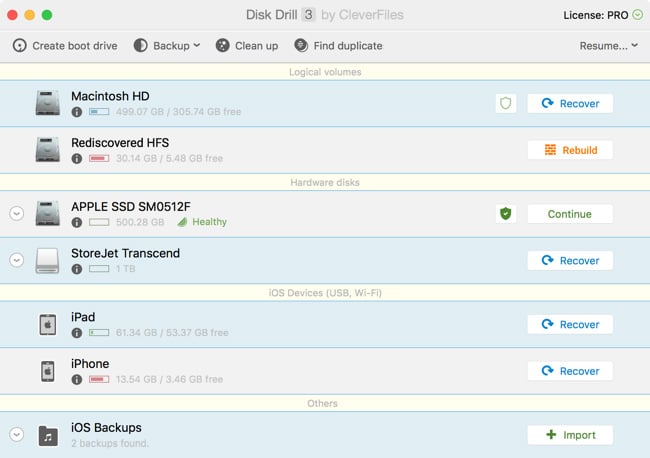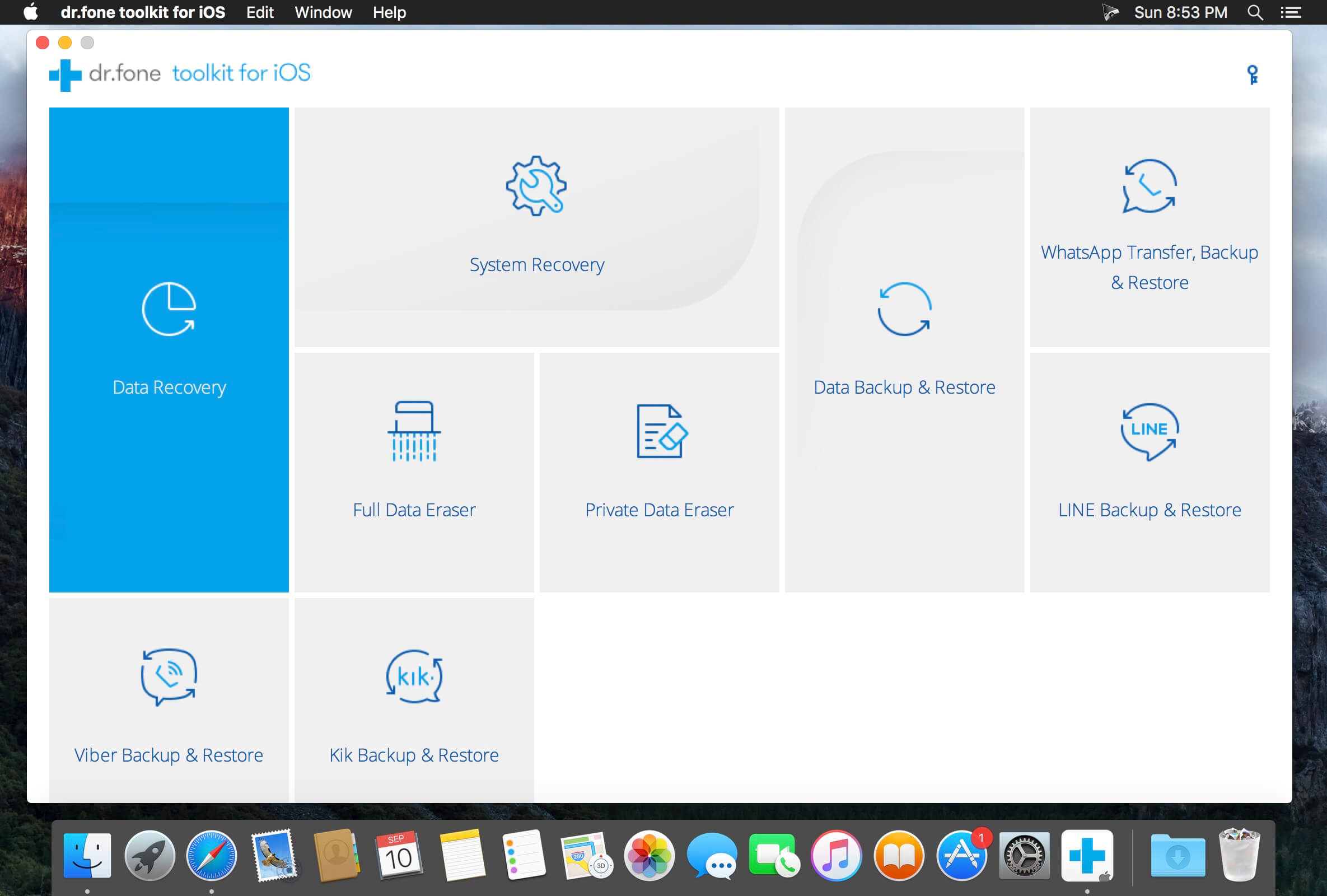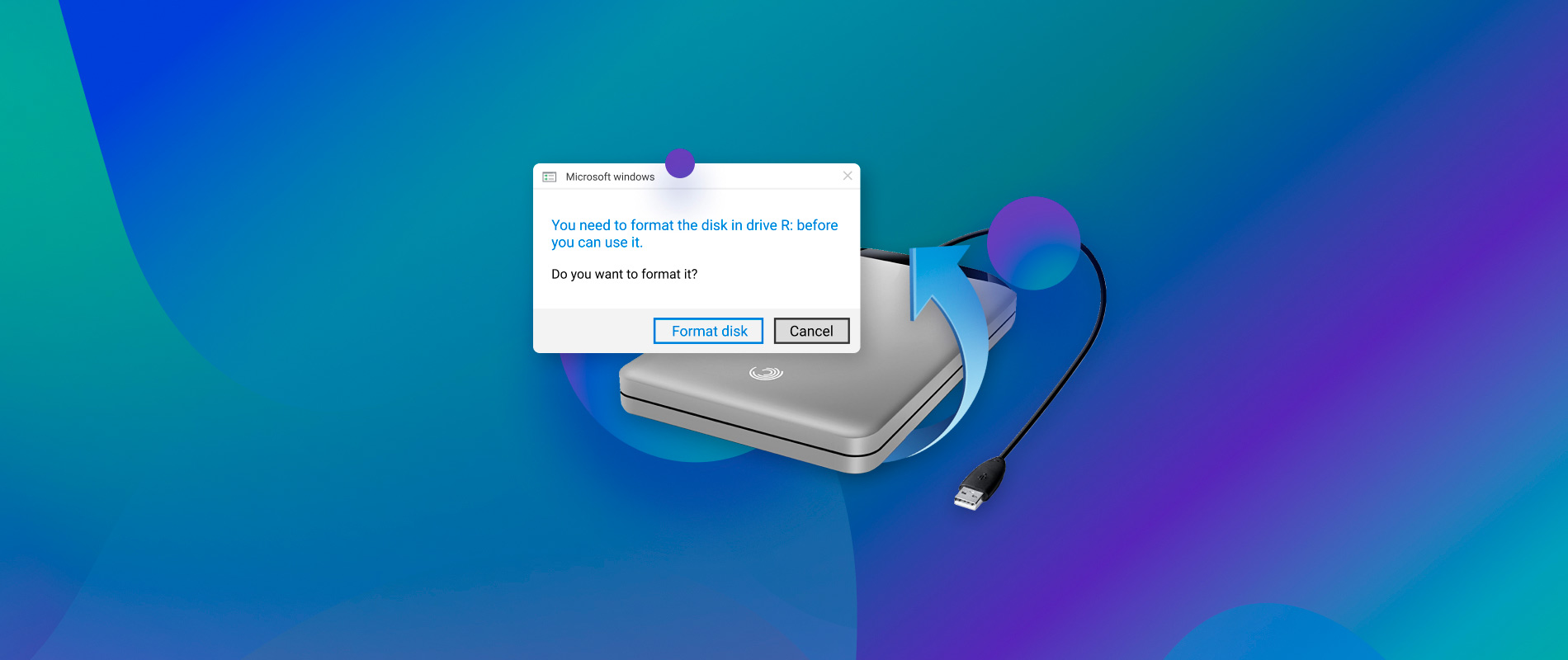
- #Restore deleted files mac os how to#
- #Restore deleted files mac os for mac#
- #Restore deleted files mac os mac os x#
- #Restore deleted files mac os password#
Part 5: Recover All Lost Data by FoneLab Data Retriever. Launch the Terminal.app and then just type the following command: diskutil repairPermissions /. On Macs, all connected drives (including hidden drives) are mounted/located under the /Volumes directory. To begin, connect the USB boot drive to your Mac and restart it. Plug the external hard drive into your Mac directly or via USB. Here, you need to choose the drive from the navigation bar and press the Erase button.
#Restore deleted files mac os how to#
Don't Miss: How to Fix External Hard Drive Not Showing Up On Mac. Click on the First Aid button, or right-click the external hard drive and choose First Aid from the options.

#Restore deleted files mac os for mac#
Disk Drill for Mac is easily the best data repair software for Mac because it comes with several easy-to-use Mac HDD repair tools capable of diagnosing just about any hard drive issues you may run into. Connect the external hard drive to the Mac. To create the bootable installer, plug the USB drive into your current Mac.
#Restore deleted files mac os password#
Method 3: User Terminal to enable Mac's native NTFS write support (not recommended) Unmount the drive and try again sudo umount -f /Volumes/name_of_toshiba_volume You will be prompted for your login password (assumes your logged in account is an admin account). Release them when the Apple logo appears. Select your hard drive from the list of available hard drives on the left menu. AnyRecover will take a moment to scan your drive. Formatting describes how the data is organized on the disk.

You will NOT see anything echoed back, but the Mac is seeing your password as you type it. Step 1: Get your disk/usb flash connected to MAC. Mac not formatted to display external drives on the desktop. It is possible to repair bad sectors using a built-in repair tool on your Mac. Also read: How to Fix a Frozen Mac During an Update. About Press Copyright Contact us Creators Advertise Developers Terms Privacy Policy & Safety How YouTube works Test new features Press Copyright Contact us Creators. Go to Applications>Disk Utility, run the program Choose your external hard drive name Click on First Aid>Run, repair the external hard drive on your mac Then turn the drive off and back on. All you need to do is enter the required Terminal command, then hit Return. Check that the External disks option is enabled. In OS X Recovery, click the "Disk Utility" shortcut to launch the Disk Utility here.
#Restore deleted files mac os mac os x#
The Disk Utility interface is the same one you'll see on your Mac OS X desktop, but run it from here and it'll be able to repair problems with your system drive. Follow the steps below to unlock external hard drive on Mac: Step 1. Click Restart again when the confirmation alert appears. Method 1: Check if an external hard drive is an NTFS file system in Disk Utility. This is the syntax we need: Diskutil eraseDisk. For more information, go to the same menu option, then select System Report. Personally, I use the "ddrescue" utility built from MacPorts on the Mac OS. If you're repairing an external drive, make sure that it's connected directly to your Mac using a cable that you know is good. Here are the steps to easily format your hard drive: First of all, connect your hard disk to your Mac and then access Disk Utility.

Just boot with the working drive, it's recovery partition or a USB recovery drive, open Terminal and type "diskutil list".

Ensure your cable has sufficient power How to recover files from an external hard drive on Mac. For uninitialized external hard drive on mac, you can use Disk Utility as the first aid to kill this problem. Select Get Info ( CMD + I) and inspect the Sharing & Permissions section at the bottom of the Info panel. Firstly, you need to reboot the Mac system into Single-User mode to repair corrupt Mac partition using the FSCK command. Solution 1: Recover Deleted Files from Mac Terminal with Time Machine. Step 5: Type ' diskutil verifyDisk /dev/disk2 ' when disk2 is the one that you need to repair. This will depend on what you want to use your external.


 0 kommentar(er)
0 kommentar(er)
